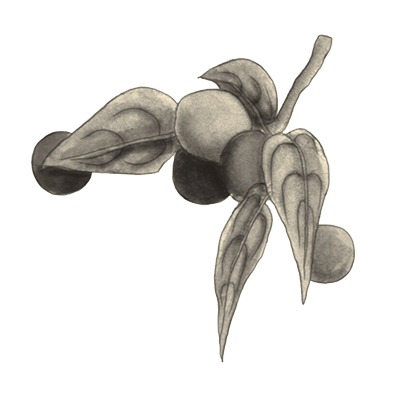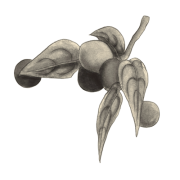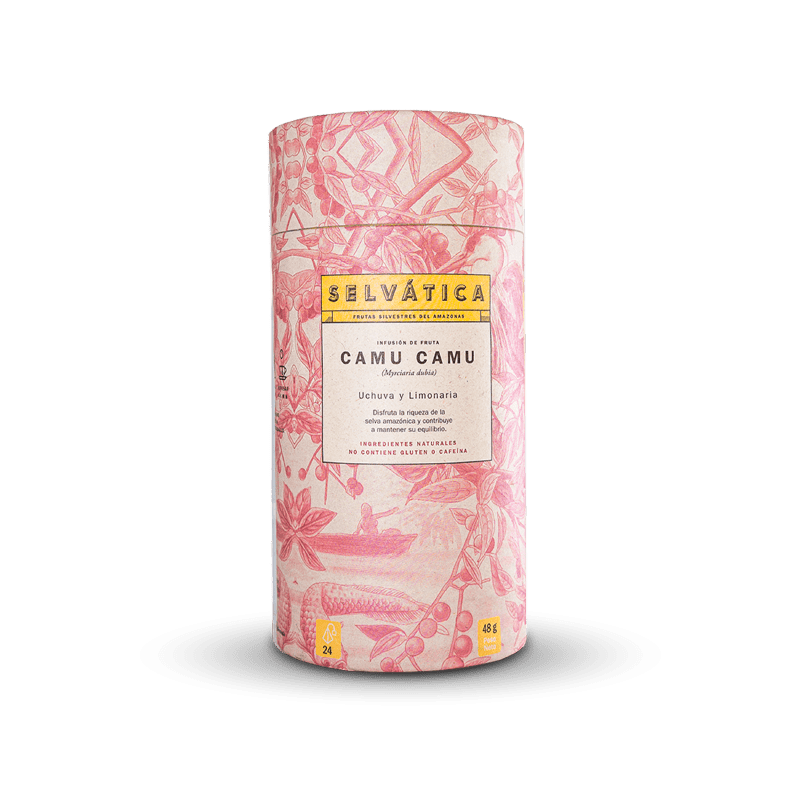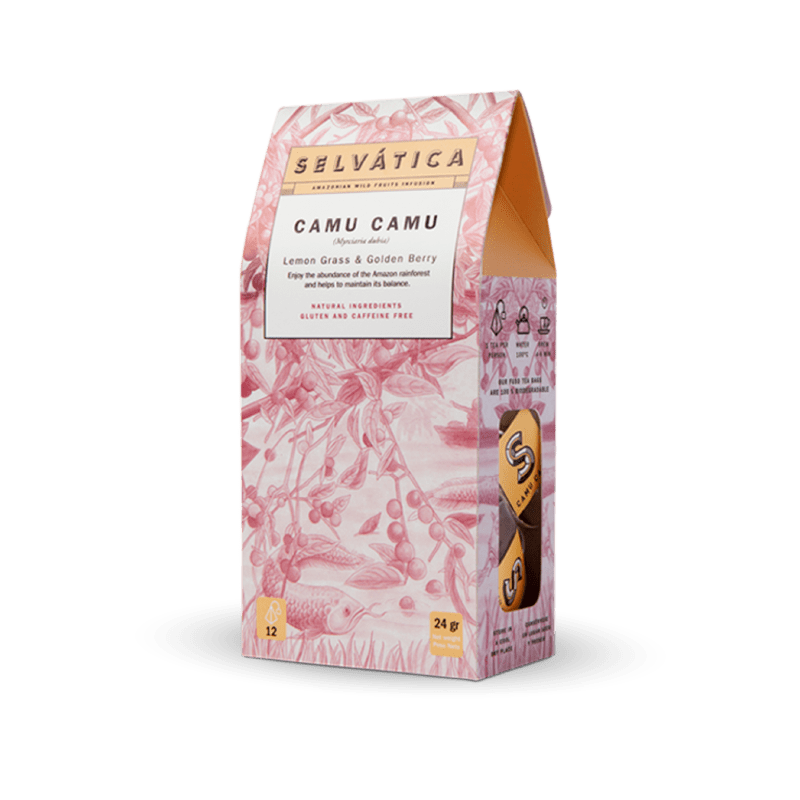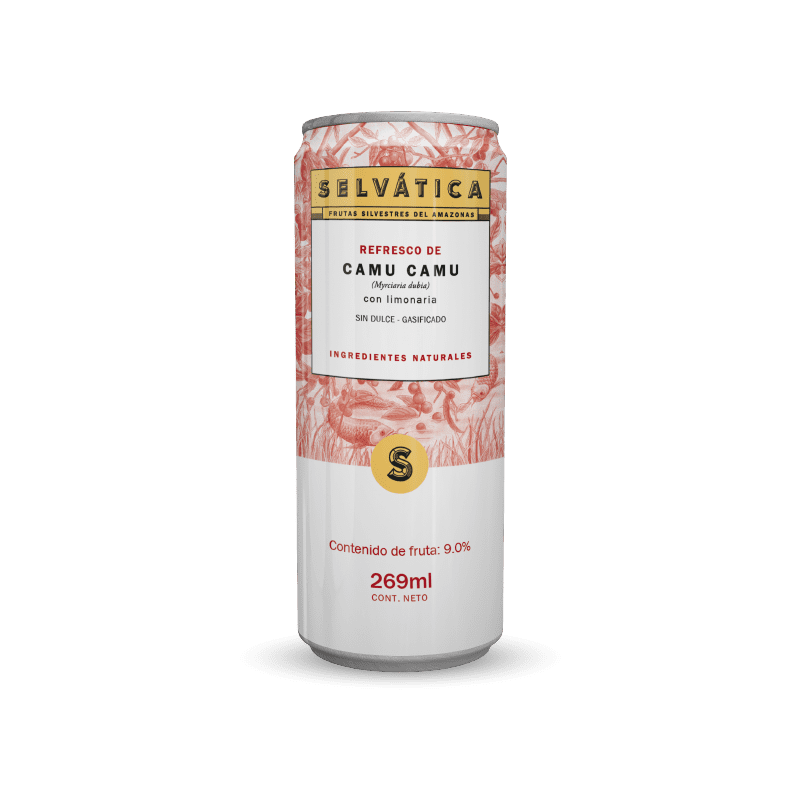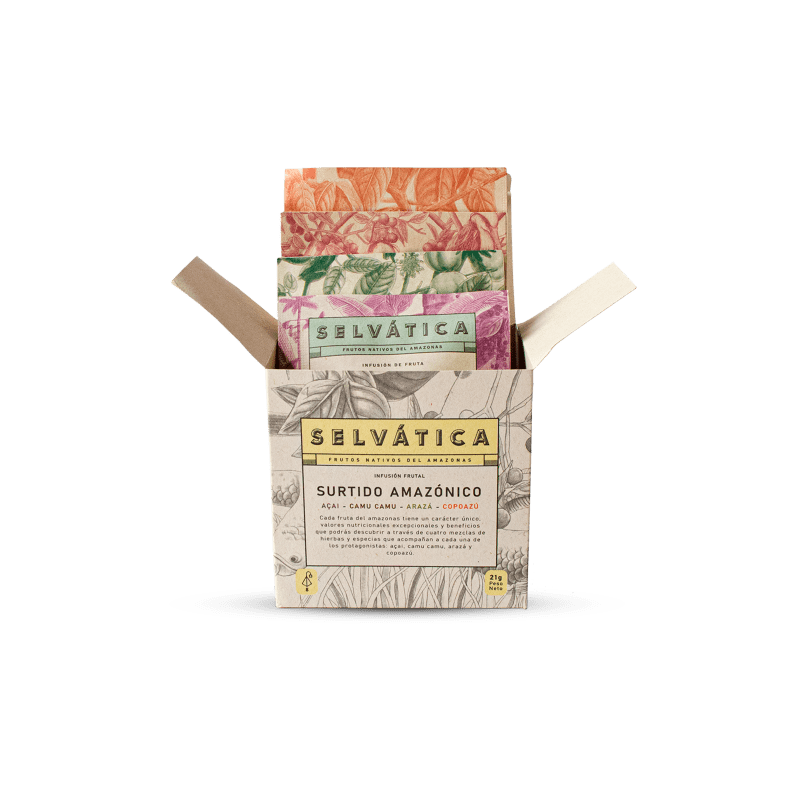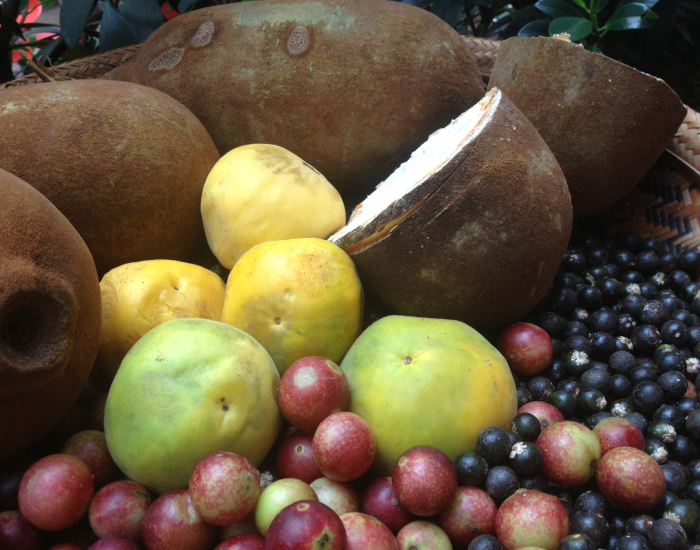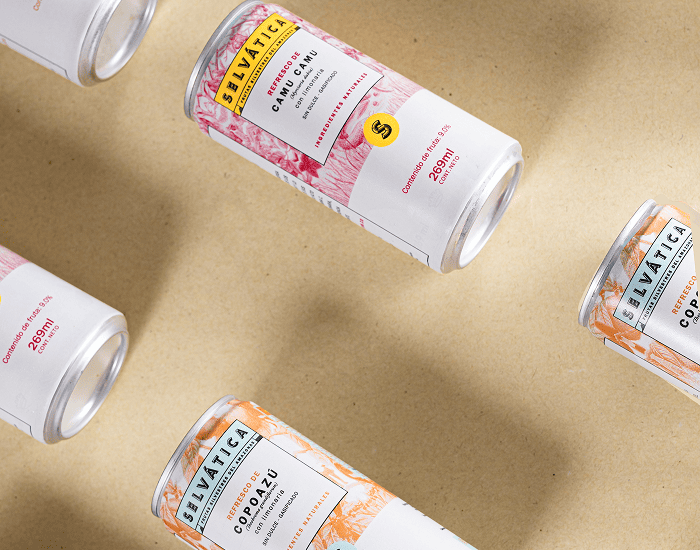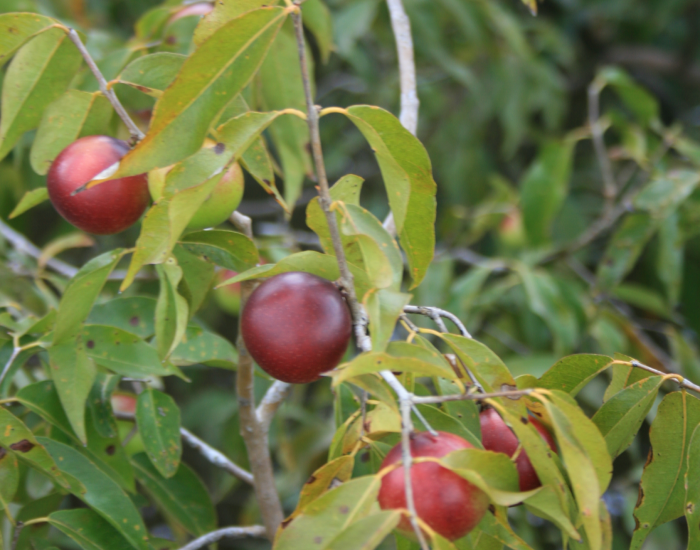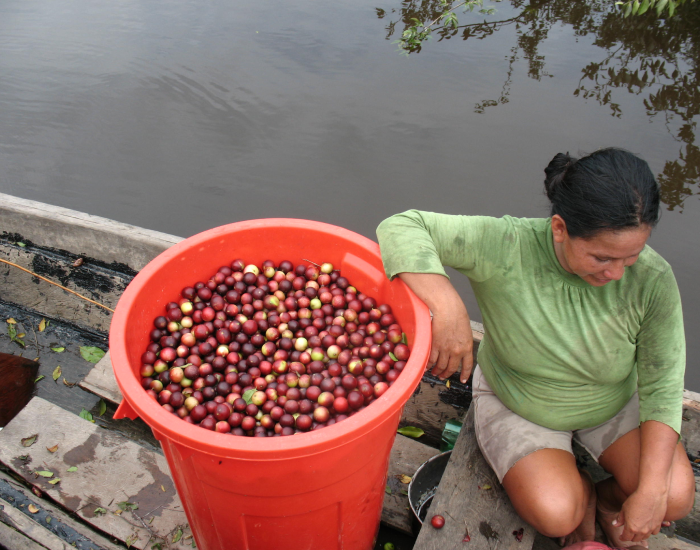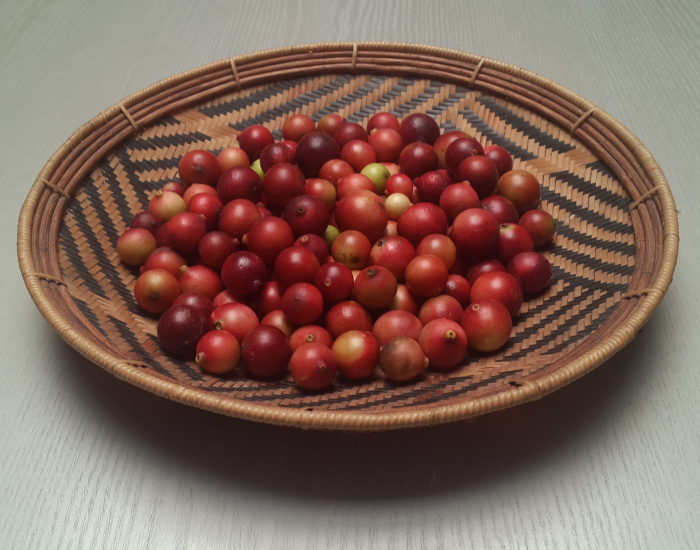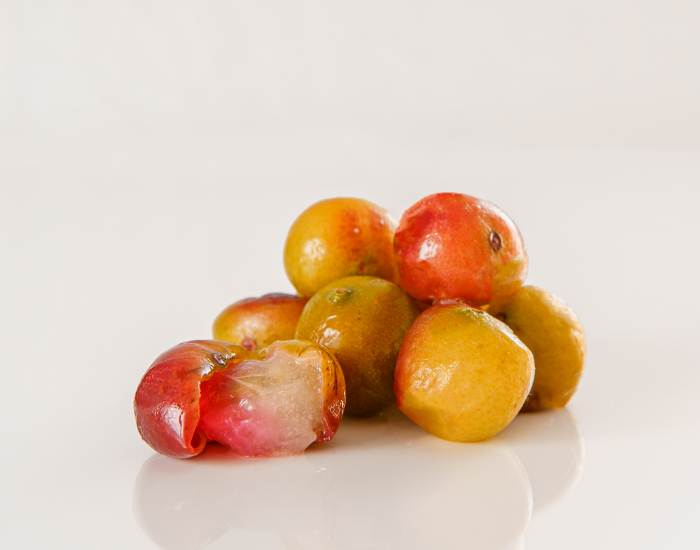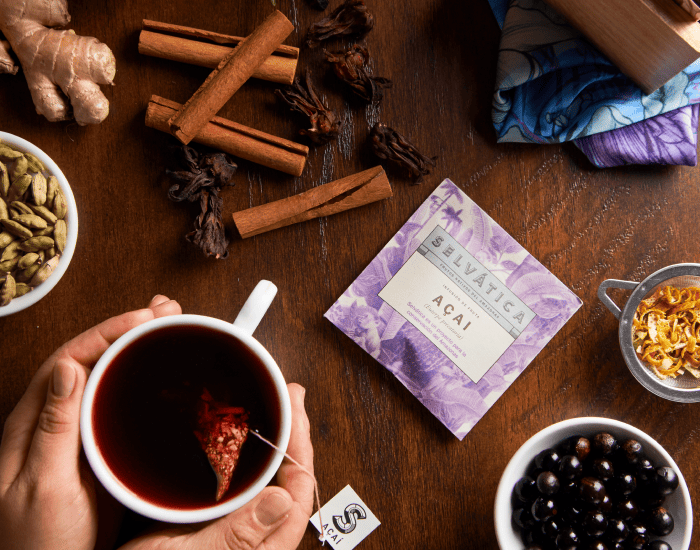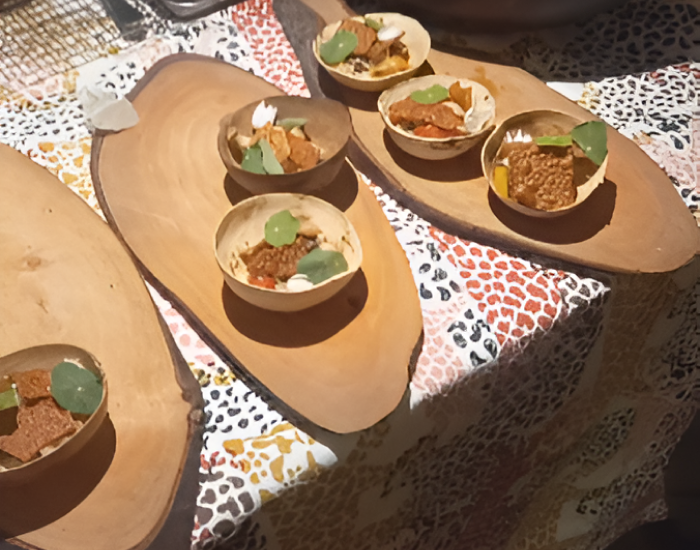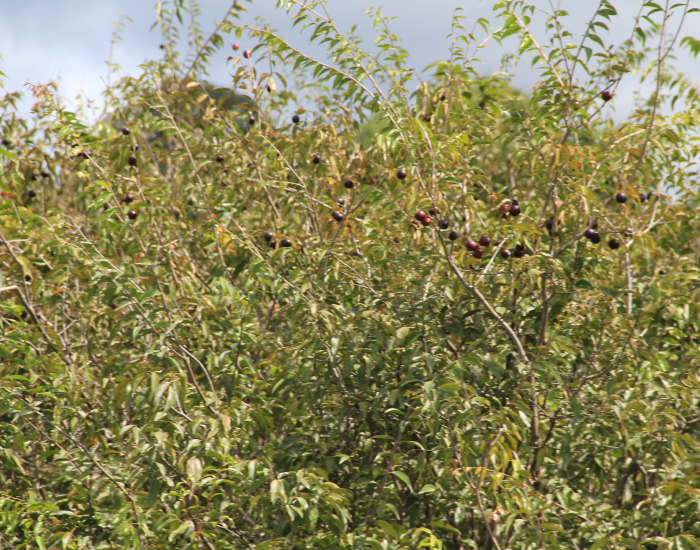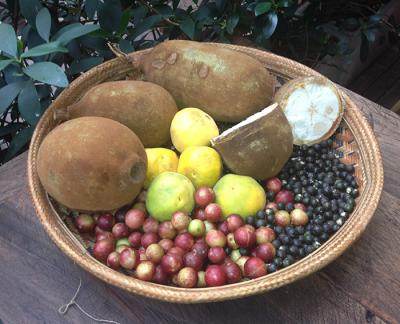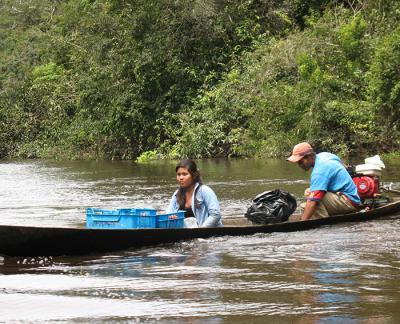Nutritional Facts
| Nutrient | Unit | Value | %DV/ 100g FRUIT |
|---|---|---|---|
| Energy / Calories | Kcal | 20.80 | 1.00% |
| Total Fast | g | 0.00 | 0.00% |
| Max. Sodium | mg | NE | NE% |
| Carbohidratos | g | 4.70 | 1.60% |
| Fiber | g | 0.60 | 2.40% |
| Proteinas | g | 0.50 | 1.00% |
| Calcio | g | 27.00 | 2.70% |
| Iron | mg | 0.50 | 2.80% |
| Magnesio | mg | NE | NE% |
| Zinc | mg | NE | NE% |
| Cooper | mg | NE | NE% |
| Potasium | mg | NE | NE% |
| Manganesium | mg | NE | NE% |
| VitC | mg | 2994.00 | 9356.30% |
Properties
- Highest content on ascorbic acid
- Vitamin A
- Carotene
- Iron
- Calcium
- Potassium
- Potasio
- Leucin
- Thiamine
- Serine
- Valine
- Flavin
- Magnesium
Benefits
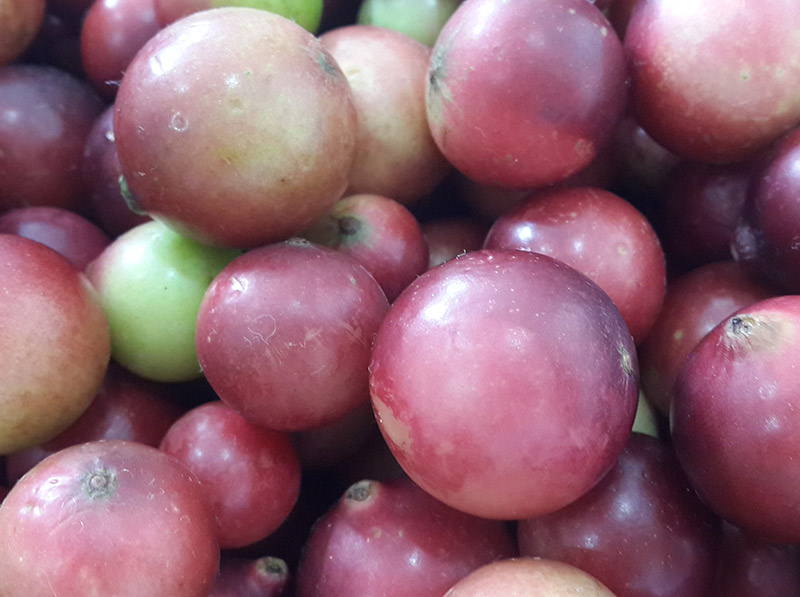
- Strengthen and improve the organism functions
- Improves the heart and kidneys functions.
- Improves the digestic process of your organism thanks to the Serine.
- Stimulates the immune system and contributes to the system detoxication.
- Helps with homeostasis production
- Protects the body from viral and bacterial infections.
- Prevents any kind of degenerative diseases on the brain
- Prevents cancer
- It’s a great anti-inflamatory.
Harvest Season
Ene
Feb
Mar
Abr
May
Jun
Jul
Ago
Sep
Oct
Nov
Dic
Uses and Applications
Due to its vitamin C and anthocyanins content, it has an important antioxidant action, which prevents cancer, heart diseases and stress. it is a very important energy source. Its antioxidant characteristics protects the body from aging.
Its principal use for fruit juice. It’s also used to produce pulp products like jams, candies and sauces.
Origins
Wild harvest, natural rainforests in Amazon department, Colombian Amazon Region.
Communities
- Indigenous communities of Guainia
- Amazonian native woman association.

